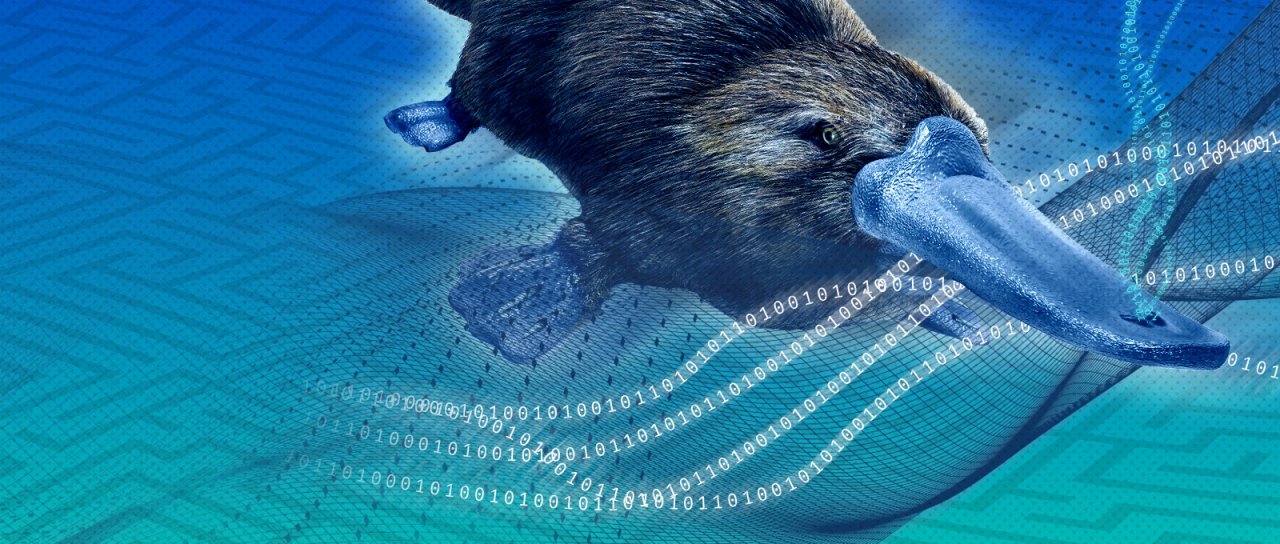Data in the Value Creation Process
As change accelerates in the digital world, a primary differentiator will be your ability to leverage your data and analytics resources.
Endless creativity: How systems adapt to the only constant in life — change
The process of adaptation — whether by an amoeba, a lion in the Serengeti or an entire business organization — is subject to a set of universal dynamics. First, all organisms exist within systems of systems, meaning that no system exists in a vacuum. Rather, each system is related to, and often interdependent upon, other systems. Second, all organisms, regardless of their physical attributes, share a common feature: Each is capable of perceiving signals from other organisms and responding by producing its own signals.
Essentially, the environments in which we exist are signal-processing networks. Each member of our network is steadily absorbing information about its environment, and the impact of its actions. This is to better understand the dynamics it experiences and, hopefully, develop responses that benefit it.
An actor’s success in developing beneficial responses reflects its adaptability. Adaptation, in turn, is a function of two information-focused activities: exploration and exploitation.
Exploration is the hunt for information. This includes gathering data and extracting information from it. Exploitation uses this information to improve one’s decisions and actions in the immediate environment.
The execution of these decisions changes the environment. In turn, other actors may be driven to assimilate and respond to the changes. Their actions drive more change, which fuels more activity, and so on. This continues in an autocatalytic web of co-evolution and creativity that constantly pushes the environment into what is often called the adjacent possible.
With this expansion comes the creation of myriad new niches, both evolutionary and novel. They enable new agents and, importantly, new ways of interacting. Change the interactions and the rules of the game change. As the rules of the game change, new feedback cycles emerge — both virtuous and vicious. And they redefine the dynamics of the environment and fuel ever-increasing expansion. So not only are we confronted with a constantly changing environment, but also the rate of change is accelerating, and the environment is growing more complex.
The value of sensory systems
It follows that if the ability to quickly recognize and respond to change is central to adaptation, then adaptability is actually a function of the sensory systems. So, what processes make up a sensory system? They include:
- Capturing data from the environment
- Abstracting information from the data
- Identifying regularities in the information
- Condensing the regularities into a model
- Enriching the model by combining it with additional information
- Acting in the real world based on that model
We can also conclude that the more diverse our sensory systems are, the more information we can process and the greater our model development.
A thought experiment with the magnificent platypus
To illustrate this, consider the truly magnificent platypus. It has a unique sensory ability among mammals. It can sense electrical currents. It has 40,000 receptors in its bill that capture electrical stimuli. This enables it to sense an electricity-generating source as small as an amoeba. Also, it has another 60,000 receptors that detect mechanical stimuli. The platypus combines the information from these two streams to not only identify prey but also calculate where it is going and how quickly. It’s not going after the fish; it’s going where the fish will be.
Now imagine that you have been given this ability. What would you learn about our world that nobody else knows? What kind of insight would you gain that would be unattainable for everyone else? How could you use this to your benefit? How many ways would you find to benefit from this ability over the next three, six or 12 months?
Analytics as sensory systems
We have a technological analog to organic sensory systems — analytics. Using analytical tools, we can create all manner of sensory systems for our organizations. We can build structures that:
- Capture and store data
- Clean and transform the data
- Build models and run experiments against them
- Abstract information from the experiments
- Distribute the information into improve actions and decisions
And this process takes just moments.
These data-fueled analytical systems will become the basis of innovation and competition in the future. This is because they can find and evaluate patterns in data much faster than our current processes, allowing us to act more quickly and confidently.
The actors that leverage analytical systems to create new ways to gather, process and exploit data — to develop new ways to experience their environment — will have a distinct advantage over those that don’t. For one thing, they will be able to generate profitable insights that will remain hidden to others. Also, they will be able to adapt to their environment exponentially faster (no exaggeration) than other actors.
The conclusion we can draw from this is clear. The only sustainable differentiator an organization will have is its ability to leverage its data and analytic assets. This is the new arms race!

How Are Companies Investing in AI/ML?
About the Authors

Rackspace Technology Staff - Solve
The Solve team is made up of a curator team, an editorial team and various technology experts as contributors. The curator team: Srini Koushik, CTO, Rackspace Technology Jeff DeVerter, Chief Technology Evangelist, Rackspace Technology The editorial team: Gracie LePere, Program Manager Royce Stewart, Chief Designer Simon Andolina, Design Tim Mann, Design Abi Watson, Design Debbie Talley, Production Manager Chris Barlow, Editor Tim Hennessey Jr., Writer Stuart Wade, Writer Karen Taylor, Writer Meagan Fleming, Social Media Specialist Daniel Gibson, Project Manager
Read more about Rackspace Technology Staff - Solve